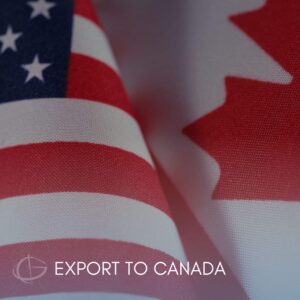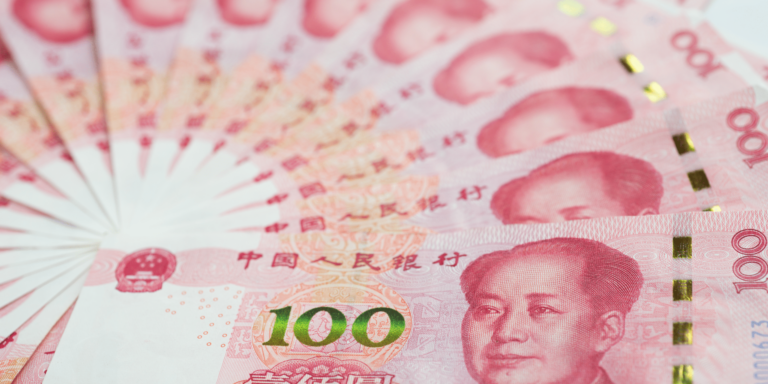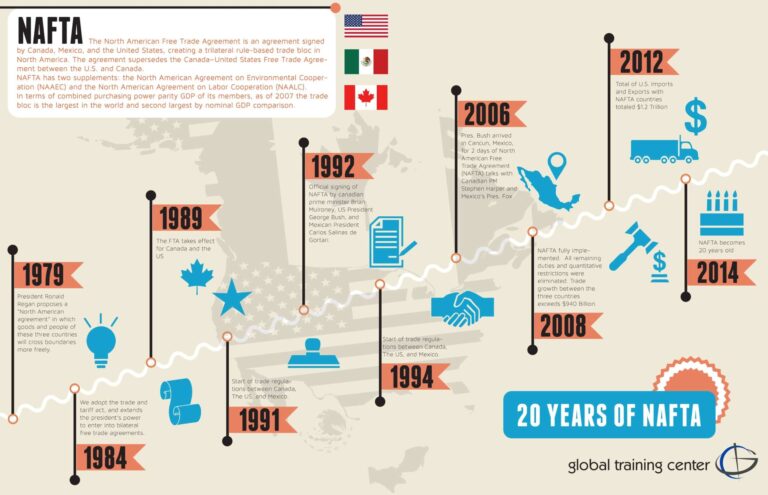President Biden Signs Executive Order Restricting Investment in Chinese Technology Industries
President Biden has escalated tensions with China by signing an executive order that bans new American investment in key technology industries that could enhance Beijing’s military capabilities. The order specifically prohibits venture capital and private equity firms from investing in Chinese initiatives related to semiconductors, microelectronics, quantum computers, and certain artificial intelligence applications. The administration emphasizes that this action is targeted at protecting national security, but China is likely to view it as part of a broader campaign to contain its rise.
Impact on US-China Relationship
This executive order comes at a critical moment in US-China relations, with growing export controls on key technologies already triggering retaliation from Beijing. China recently announced the cutoff of critical metals for the Pentagon’s supply chain. President Biden has expressed his desire to stabilize relations with China and has sent high-level officials, including Secretary of State Antony J. Blinken and Treasury Secretary Janet L. Yellen, to engage in talks with their Chinese counterparts. Commerce Secretary Gina Raimondo is also expected to visit China in the coming weeks.
Response from China
While President Biden seemed intent on not antagonizing Beijing with this executive order, China has expressed disappointment and hinted at retaliation. Chinese officials believe that this order is a political move to weaponize trade and undermine business cooperation between the two countries. The Chinese embassy stated that these investment restrictions will harm the interests of both Chinese and American companies and investors, while also lowering international confidence in the US business environment.
Focus on National Security
Administration officials maintain that this executive order is driven by national security concerns rather than economic advantage. The order highlights China’s effort to eliminate barriers between civilian, commercial, military, and defense industrial sectors. It describes China’s focus on acquiring cutting-edge technologies for the purpose of achieving military dominance. The US government aims to safeguard critical technologies and prevent China from using American money, expertise, and influence to develop its own versions of advanced technologies.
Bipartisan Efforts and Business Concerns
This executive order coincides with a bipartisan effort in Congress to impose similar investment limits on China. Some Republicans have criticized the order as inadequate and riddled with loopholes. However, the business community has expressed concern that these restrictions and the broader deterioration of US-China relations could exacerbate tensions and lead to a further breakdown between the world’s two largest economies.
Uncertain Economic Impact
It remains uncertain how much money will be affected by this executive order. American investors have already significantly reduced their investments in China over the past two years. However, this order could have a chilling effect on investment beyond the specific industries mentioned. The Treasury Department will solicit comments from American executives before drafting rules to be implemented next year. American firms may alter their investment strategies in anticipation of these rules.
China’s Investment Policy
China’s investment restrictions are broader than the new American rules, applying to all outbound investments and reflecting a technology policy that encourages acquisitions of businesses involved in key sectors. While China has discouraged low-tech outbound investments, it has actively encouraged investments in high-tech sectors that offer geopolitical advantages.
All in one, President Biden’s executive order represents a significant escalation in the confrontation between the US and China. It aims to restrict American investment in key Chinese technology industries to safeguard national security. The order has drawn disappointment and criticism from China and raised concerns in the business community. The economic impact of these restrictions remains uncertain, but they reflect a broader effort by the US government to address the risks posed by China’s technological advancements.

Export Administration Regulations Course
This export controls training covers basic concepts one needs to understand to execute essential global business operations in a compliant manner. The course has been updated to include new developments such as revisions to license exceptions, end-use/end-user controls on China, new controls on foundational technologies, and more.













